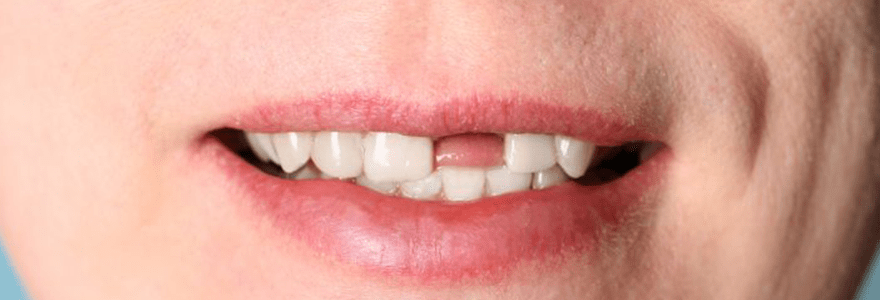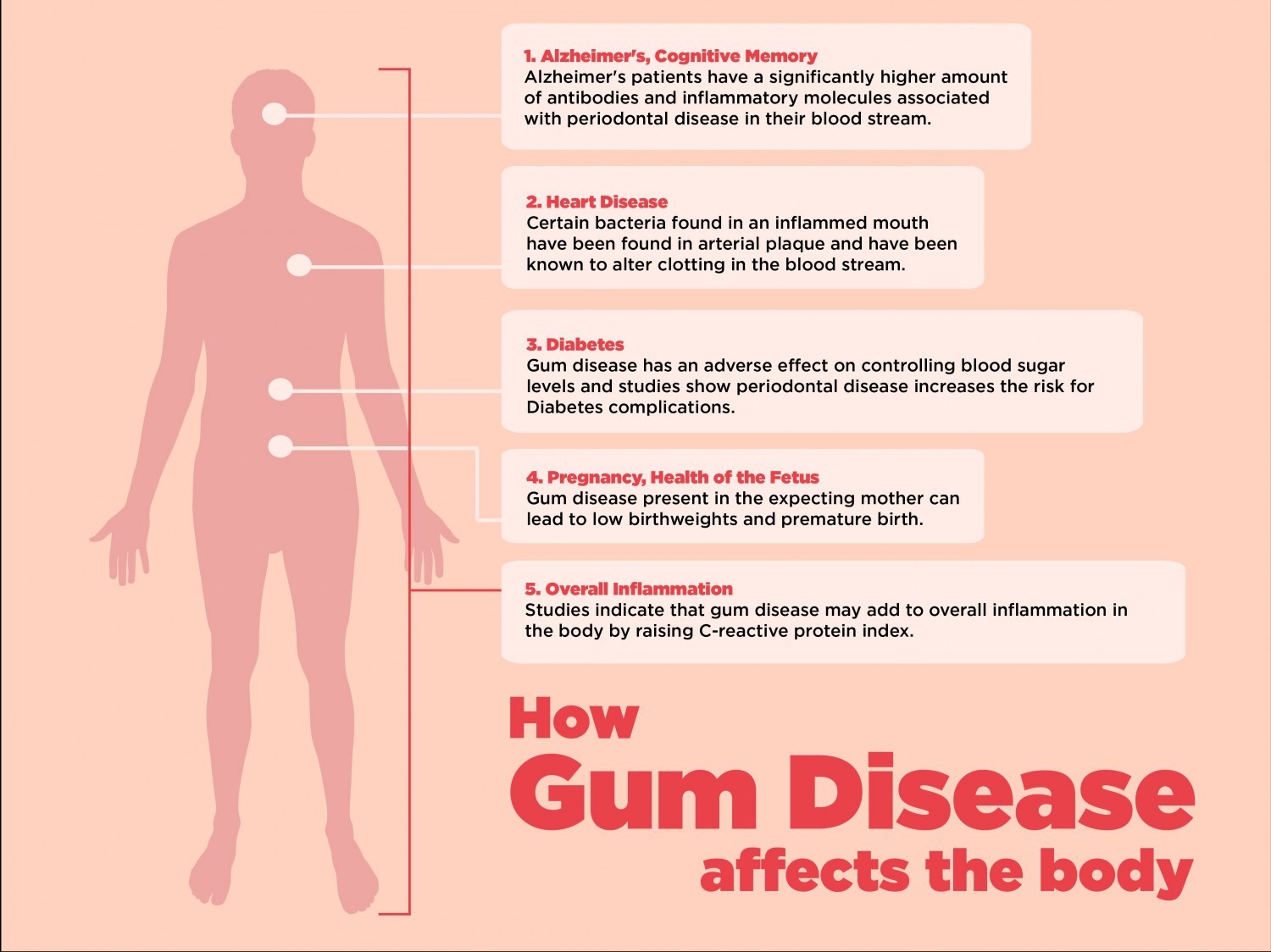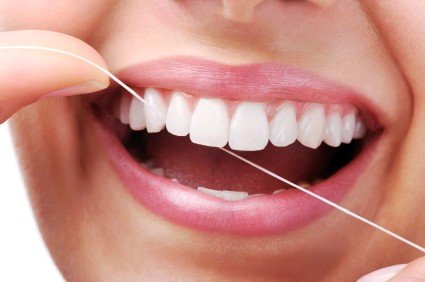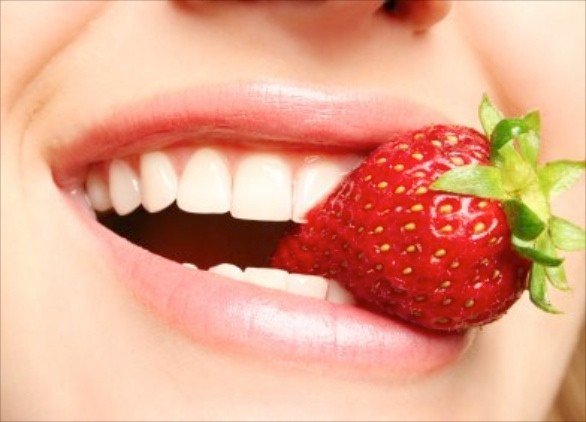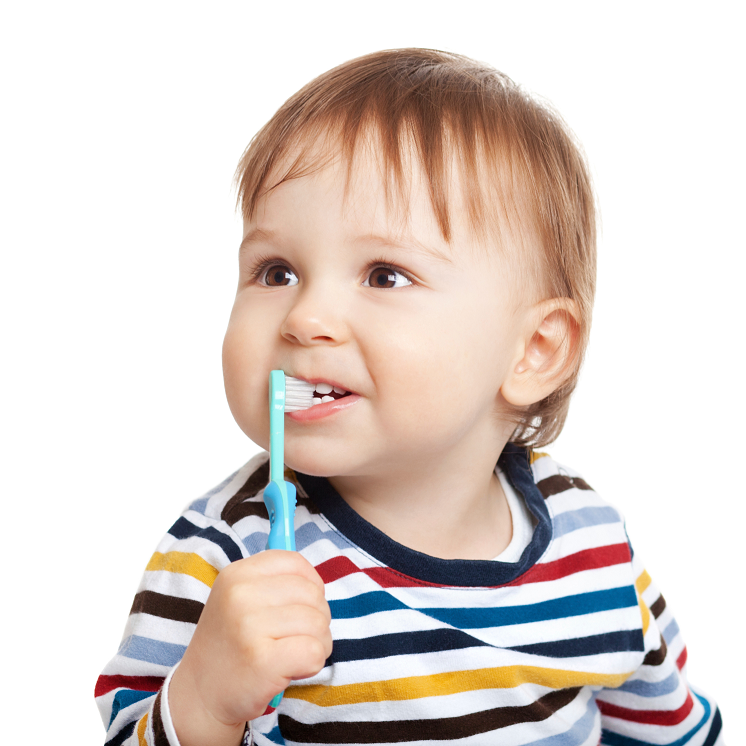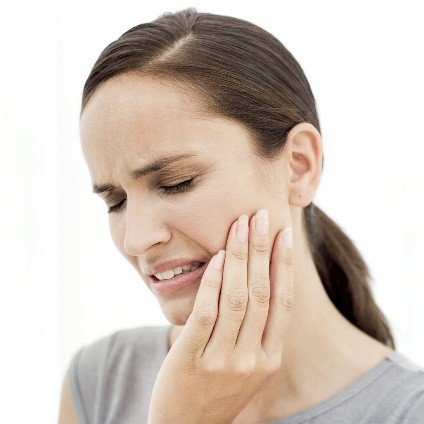Dental Myth: Missing Teeth Are Always Replaced By Bridges Or Removable Dentures
There are several reasons that you want to replace a missing tooth or teeth. A tooth has many functions, some being to chew, to speak, to keep the facial muscles and tissue in a proper position, to smile, and to keep the other teeth from shifting. Once a tooth is lost this whole balance is disrupted and it may lead to many problems.
 To minimize the possibility of problems, the missing tooth should be replaced promptly. There are many ways to replace that missing tooth or teeth:
To minimize the possibility of problems, the missing tooth should be replaced promptly. There are many ways to replace that missing tooth or teeth:
-
Conventional fixed bridge – The conventional fixed bridge is a tooth replacement that is attached with cement to the adjacent natural teeth. If you have one or two missing teeth on a single side this can be a good method of replacement. If the two teeth adjacent to the space are healthy and the supporting structure (bone and gum tissue) are adequate a fixed bridge can be placed.
-
Removable partial or full denture – A partial or full removable denture is a set of artificial teeth that are not fixed permanently to natural teeth. This set consists of usually plastic teeth set in an artificial plastic or plastic and metal framework that rests on the gum tissue. A partial denture is used for people who have multiple spaces on one or both sides or whose teeth are not strong enough to support a fixed bridge. A complete denture is just that, it replaces all the teeth on either the top or bottom jaw. The full denture can be the most difficult restoration to get accustomed to.
-
Implants – Implants are used to replace a single tooth, many teeth on one side, or used to support an entire fixed or removable bridge replacing all the upper or lower teeth. The implant is placed in a hole which is drilled into the patient’s lower or upper jaw. Depending on the number of teeth being replaced, one or more implants are placed in the bone. If necessary a substructure is fabricated and then a crown, bridge or denture is securely fastened to the substructure or implant. Implants are useful for patients that have tried but can’t wear conventional dentures.
-
Flipper – This is probably the cheapest option to restore missing teeth, however it should be seen as a temporary solution. The expected longevity of a flipper should only be a few months, though with meticulous care and minimal use with chewing, it could last a bit longer. Flippers are similar to removable partial dentures, except they are made from weaker materials.
There are other methods such as using a combination of crowns and partial dentures that can keep the retaining clips out of sight. From the available options, the most appropriate treatment will depend on various factors including the number of teeth missing; therefore it is advisable to consult your dentist about the right solution for you.

